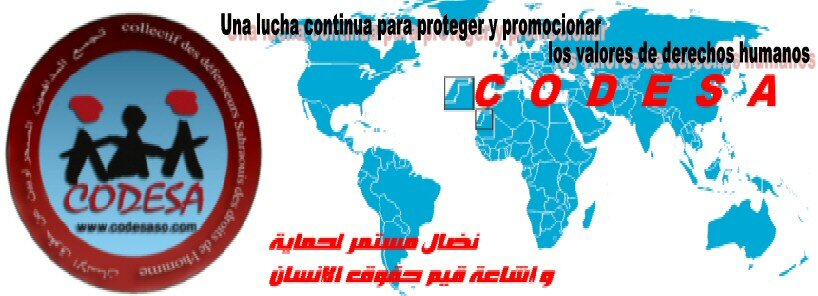

You might not realize it, but the way news is presented can greatly shape your views and feelings about events. By highlighting certain details while downplaying others, media outlets create particular narratives that influence your understanding and reaction. This isn't just about the headlines; it's about the deeper mechanics at play. So, how can you identify these framing techniques and their impact on public perception? Let's explore this intriguing aspect of media together.
Media framing plays a significant role in shaping public perception and understanding of news stories. It refers to the way information is presented, which can influence how audiences interpret the content. Framing affects public opinion by emphasizing certain aspects of a story while minimizing others.
Journalists often select specific language that can evoke particular emotional responses; for example, the characterization of economic policies as “bold reforms” may lead to support, whereas “harsh austerity” could foster resistance. Additionally, visual elements, including photographs, can reinforce these narratives and further influence audience perception.
Enhancing media literacy is crucial, as it enables individuals to critically evaluate the frames applied in news reports, which can lead to a more nuanced understanding of complex issues and foster the development of well-informed opinions.
Understanding the mechanics of media framing involves analyzing the techniques employed to shape public perception. The use of specific language, such as the choice between terms like "bold reforms" or "harsh austerity," can influence emotional responses and expectations.
Visual elements, including graphics and images, further reinforce the narrative by guiding audience interpretations.
The perspective from which a story is reported can emphasize certain facts while downplaying or excluding others, which can result in a skewed understanding of social issues. For example, the framing of farmer protests as either "agitation" or "peaceful demonstrations" can significantly alter the public's perception of the events.
Journalists often utilize established conventions to distill complex subjects into understandable content, but this process can introduce biases that favor certain viewpoints over others.
It's essential to remain mindful of these framing techniques to critically assess the information presented by the media.
Media framing serves as a significant factor in shaping public perceptions, as evidenced by various real-world events. During the 2015 migrant crisis, terminology used by UK media, such as "swarms" to describe migrants, contributed to a negative framing that heightened social anxiety regarding the issue. This particular choice of language often prioritized fear over humanity in the portrayal of migrants.
Conversely, the widely publicized image of Aylan Kurdi, a three-year-old boy who drowned during his family's attempt to flee to Europe, markedly shifted the narrative. This image evoked emotional responses and facilitated a greater sense of empathy among the public, leading to a rise in supportive sentiment towards migrants.
Research indicates that social media has a notable impact on these framing changes, as audiences tend to engage more with emotive visuals and language.
An analysis of framing techniques reveals that media narratives can change rapidly in response to significant images, illustrating the influence of visual storytelling on public perception over time. These shifts underscore the importance of considering language and imagery in media reporting, as they play a crucial role in shaping societal attitudes toward complex issues such as migration.
Framing plays a crucial role in shaping the interpretation of news events, influencing individuals' emotional responses and perspectives on various social, political, and cultural issues.
Media framing highlights specific aspects of a story, directing audience interpretation and affecting their perception of reality. For example, the portrayal of protests can range from presentations of peaceful demonstrations to depictions of violent riots, leading to significant variations in public perception.
This concept is closely related to agenda-setting theory, which suggests that the information emphasized in media reports informs what audiences consider important. Additionally, visual elements within news stories can amplify the effects of framing by eliciting emotional responses that further inform public opinion.
Recognizing the significance of framing can enhance media literacy, equipping individuals with the skills to critically assess the narratives presented to them.
Recognizing and analyzing frames in news stories is critical for gaining a more comprehensive understanding of current events. By examining specific components of a story, such as the economic implications versus the human experiences related to migration, one can identify how particular information is prioritized.
A thorough analysis of omitted details can reveal potential biases, including neglected societal issues in the coverage of protests. Evaluating the perspectives of quoted individuals can uncover ideological leanings, while assessing language use—such as describing a demonstration as “peaceful” compared to “agitated”—can illustrate how word choice influences perceptions and emotions.
Engaging with a variety of news sources enhances media literacy, enabling one to discern different narratives regarding the same issue.
In conclusion, understanding media framing is crucial for navigating today’s news landscape. By recognizing how stories are shaped, you can better assess the information presented and uncover underlying biases. Whether it’s the language used or the visuals highlighted, each element plays a role in influencing your perception. Becoming aware of these framing techniques not only enhances your media literacy but also empowers you to form well-informed opinions in an increasingly complex world.